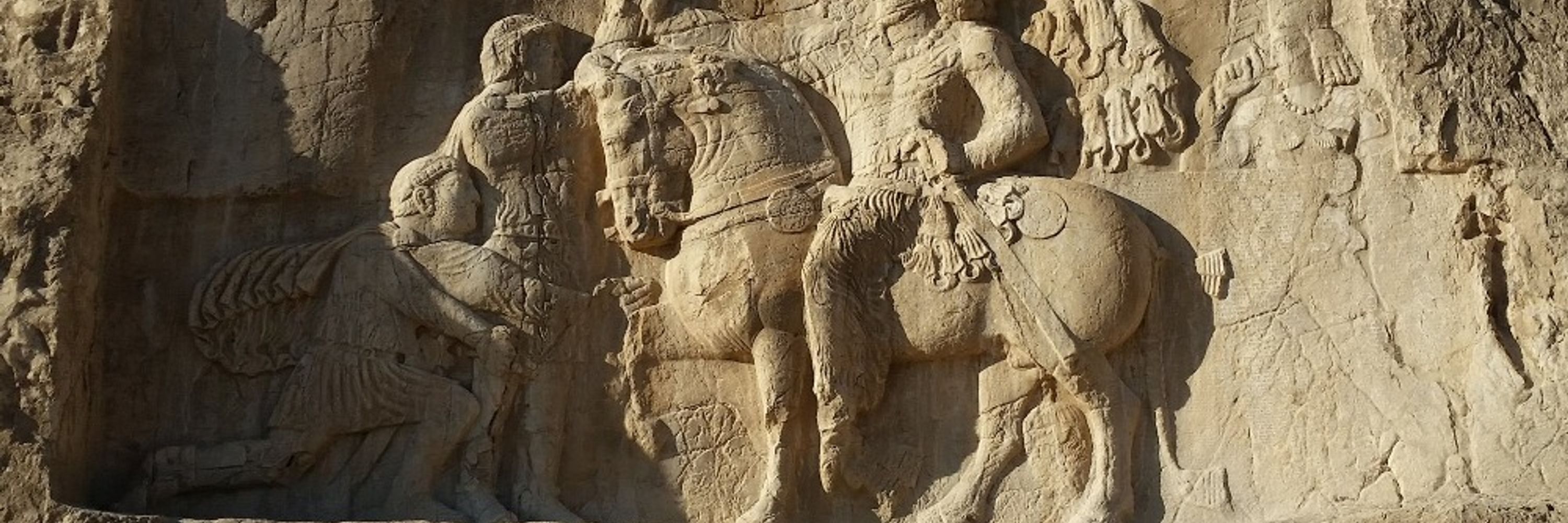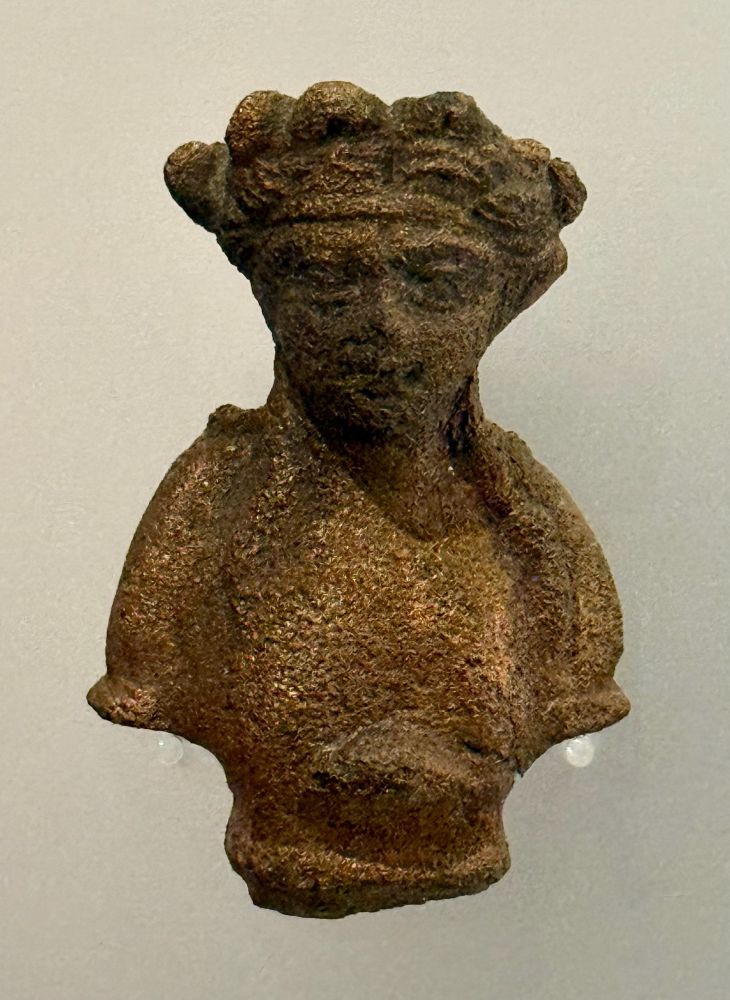

I may also share posts about nature and Star Trek.
🏺
📷 @almbawue.bsky.social

📷 @almbawue.bsky.social

📷 me
🏺

📷 me
🏺
Her book is now available and free to read here: doi.org/10.30861/978...

Her book is now available and free to read here: doi.org/10.30861/978...




📷 me
🏺

📷 me
🏺
Have some.
1/




Have some.
1/
About 2,000 years-ago, a dog made its mark for ‘pawsterity’ when it wandered across the wet tile laid out to dry before firing.
From Richborough Roman fort
📷 by me
#TilesonTuesday
#Archaeology

About 2,000 years-ago, a dog made its mark for ‘pawsterity’ when it wandered across the wet tile laid out to dry before firing.
From Richborough Roman fort
📷 by me
#TilesonTuesday
#Archaeology

actu.fr/histoire-pat...

actu.fr/histoire-pat...
www.labrujulaverde.com/en/2025/11/a...

www.labrujulaverde.com/en/2025/11/a...
A lot of effort clearly went into decorating it, whatever it was. Any suggestions?
Found in the Bronze Age pile dwelling settlement of Ludwigshafen-Seehalde, 2000–1600 BC
🏺

A lot of effort clearly went into decorating it, whatever it was. Any suggestions?
Found in the Bronze Age pile dwelling settlement of Ludwigshafen-Seehalde, 2000–1600 BC
🏺
phys.org/news/2025-11...

phys.org/news/2025-11...

3rd Century CE
Found 1899 - Karl-Marx-Straße/Jüdemerstraße #Trier
A lion striking a bull as its prey.
Originally 6.5 square metres in size, the surrounding pattern indicates it once would have had nine panels.
Now Rheinisches Landesmuseum, Trier
#MosaicMonday

3rd Century CE
Found 1899 - Karl-Marx-Straße/Jüdemerstraße #Trier
A lion striking a bull as its prey.
Originally 6.5 square metres in size, the surrounding pattern indicates it once would have had nine panels.
Now Rheinisches Landesmuseum, Trier
#MosaicMonday
dergipark.org.tr/tr/pub/jmr/i...

dergipark.org.tr/tr/pub/jmr/i...
In October 1942 he was deported to #Auschwitz and murdered in a gas chamber after the selection.
---
A short video about the first two gas chambers created near Auschwitz II-Birkenau: https://youtu.be/Rr6lF75fDmU

In October 1942 he was deported to #Auschwitz and murdered in a gas chamber after the selection.
---
A short video about the first two gas chambers created near Auschwitz II-Birkenau: https://youtu.be/Rr6lF75fDmU
A lot of effort clearly went into decorating it, whatever it was. Any suggestions?
Found in the Bronze Age pile dwelling settlement of Ludwigshafen-Seehalde, 2000–1600 BC
🏺

A lot of effort clearly went into decorating it, whatever it was. Any suggestions?
Found in the Bronze Age pile dwelling settlement of Ludwigshafen-Seehalde, 2000–1600 BC
🏺
Mehr Infos unter www.limesmuseum.de/sonderausste...

Mehr Infos unter www.limesmuseum.de/sonderausste...



